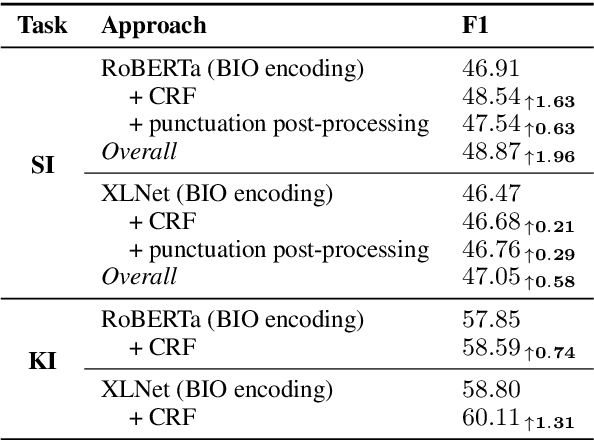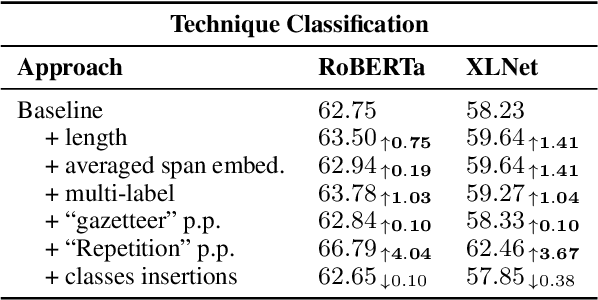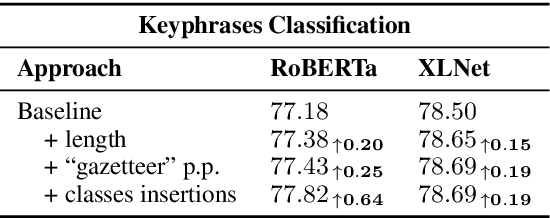Transformers: "The End of History" for NLP?
Paper and Code
Apr 09, 2021



Recent advances in neural architectures, such as the Transformer, coupled with the emergence of large-scale pre-trained models such as BERT, have revolutionized the field of Natural Language Processing (NLP), pushing the state-of-the-art for a number of NLP tasks. A rich family of variations of these models has been proposed, such as RoBERTa, ALBERT, and XLNet, but fundamentally, they all remain limited in their ability to model certain kinds of information, and they cannot cope with certain information sources, which was easy for pre-existing models. Thus, here we aim to shed some light on some important theoretical limitations of pre-trained BERT-style models that are inherent in the general Transformer architecture. First, we demonstrate in practice on two general types of tasks -- segmentation and segment labeling -- and four datasets that these limitations are indeed harmful and that addressing them, even in some very simple and naive ways, can yield sizable improvements over vanilla RoBERTa and XLNet. Then, we offer a more general discussion on desiderata for future additions to the Transformer architecture that would increase its expressiveness, which we hope could help in the design of the next generation of deep NLP architectures.
 Add to Chrome
Add to Chrome Add to Firefox
Add to Firefox Add to Edge
Add to Edge